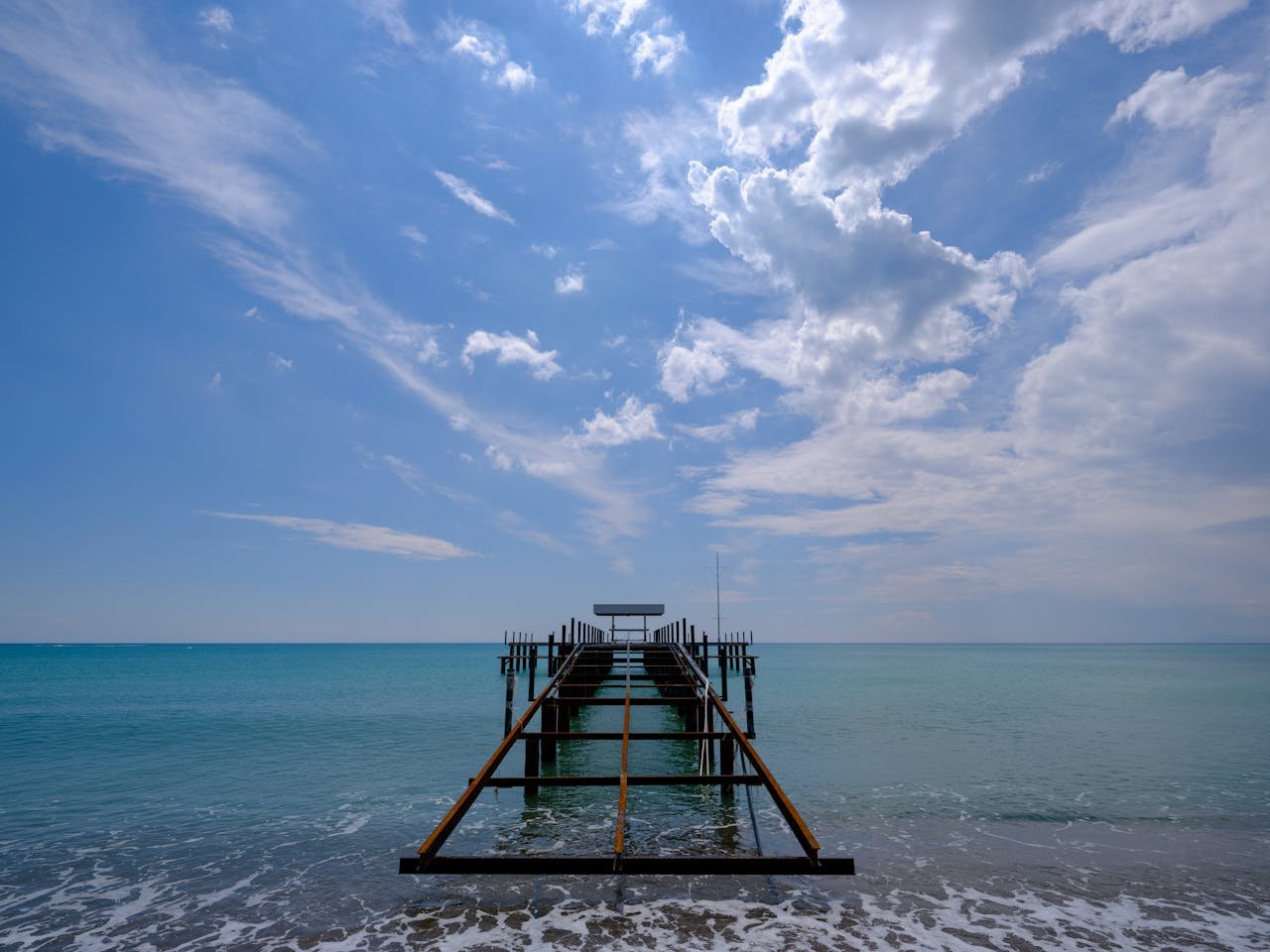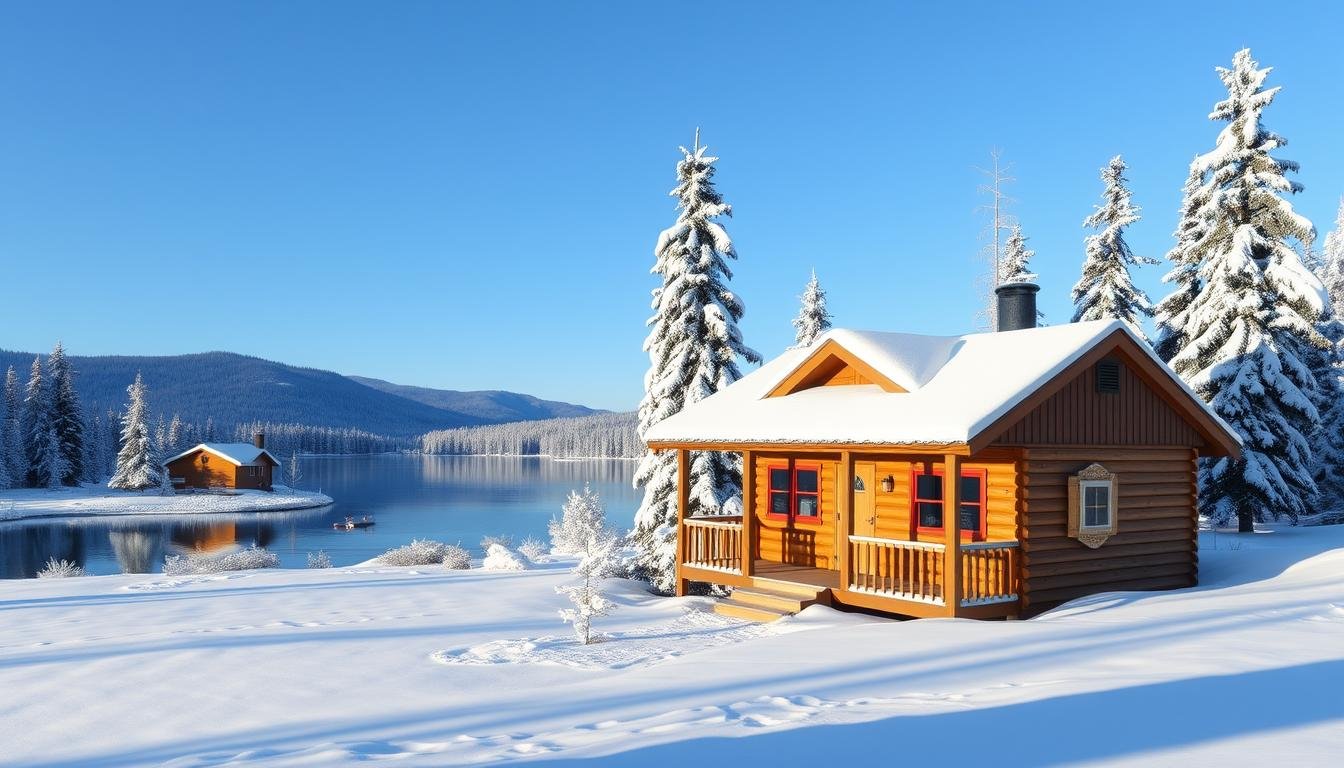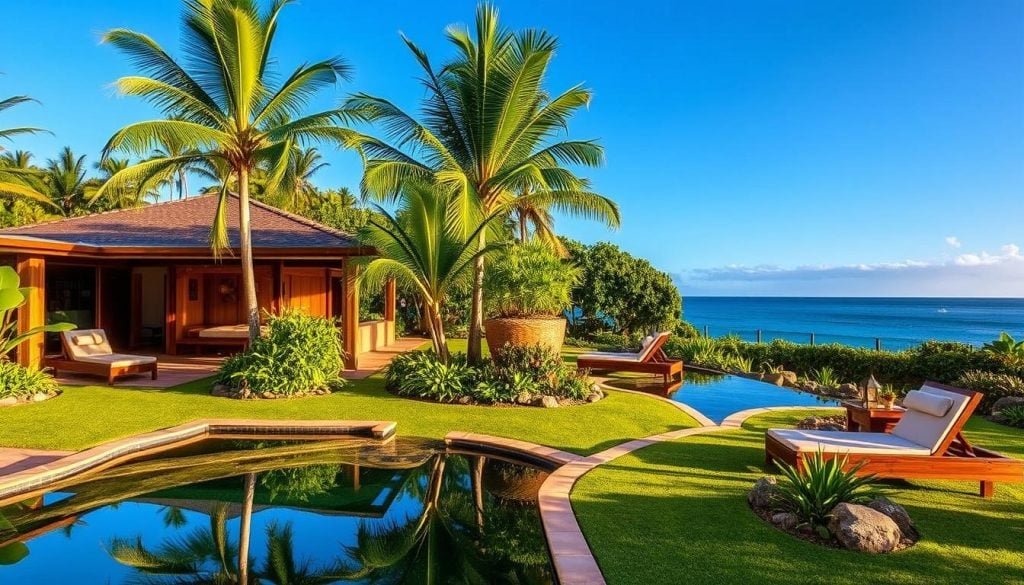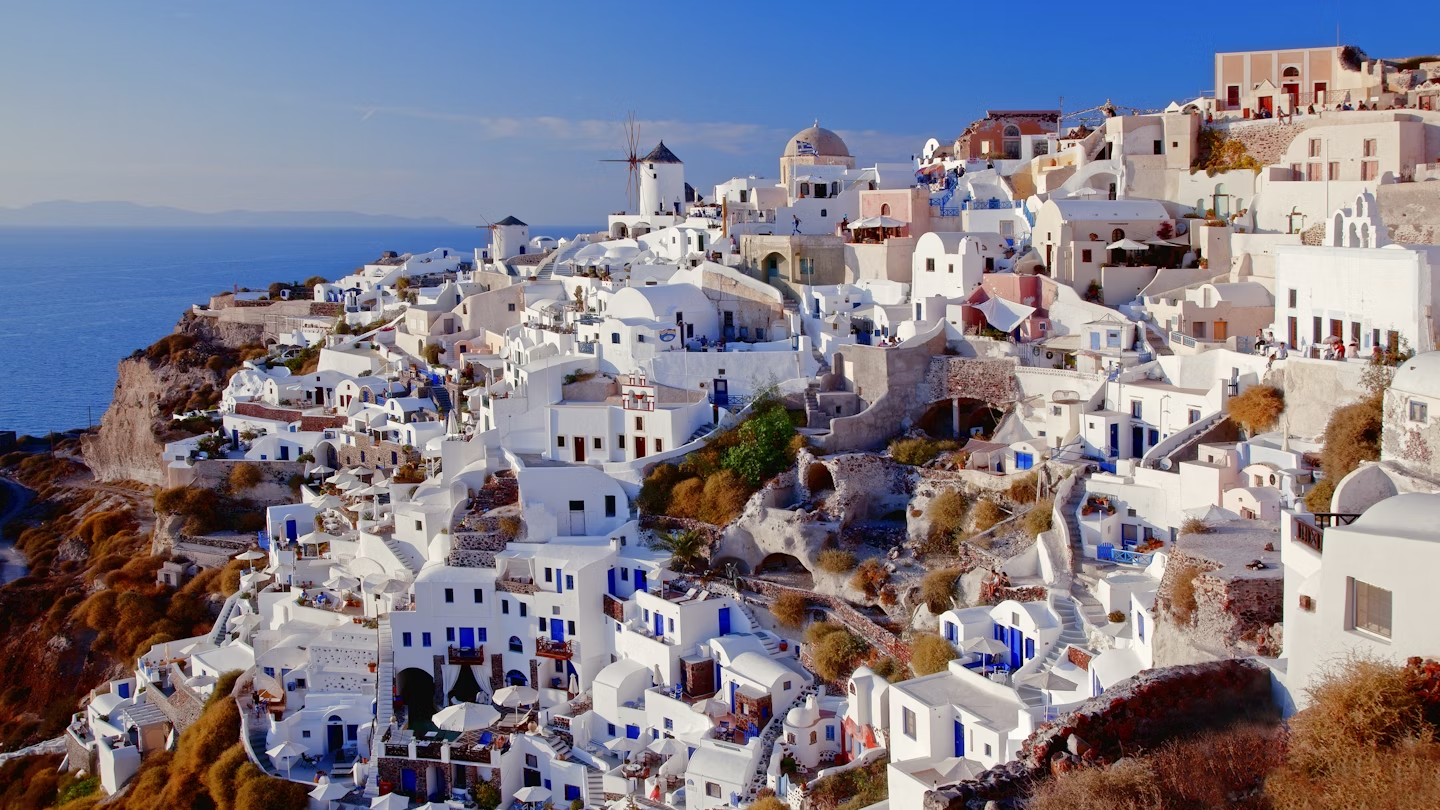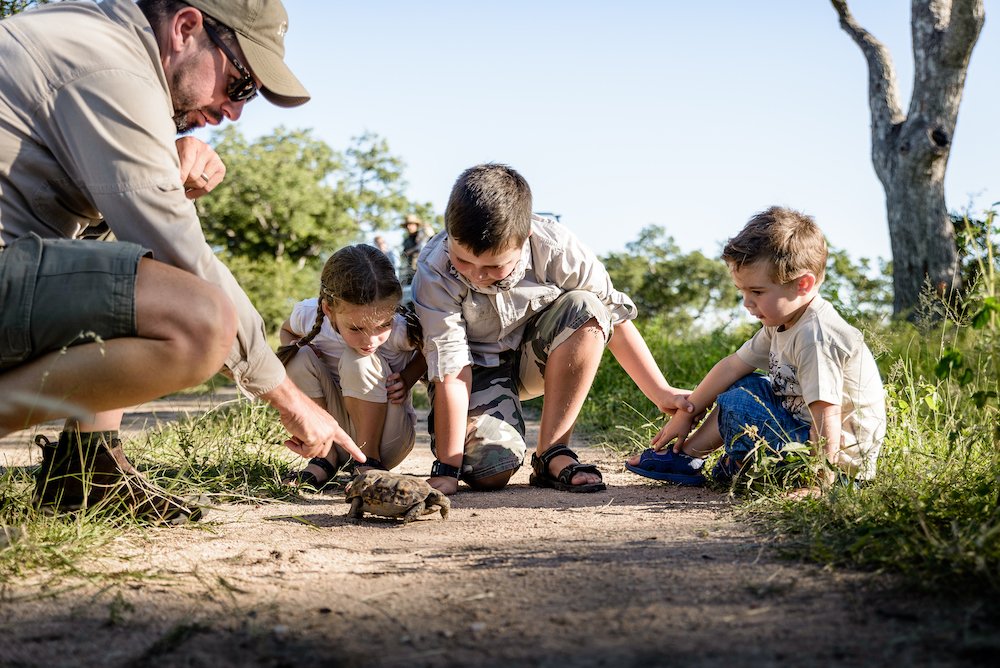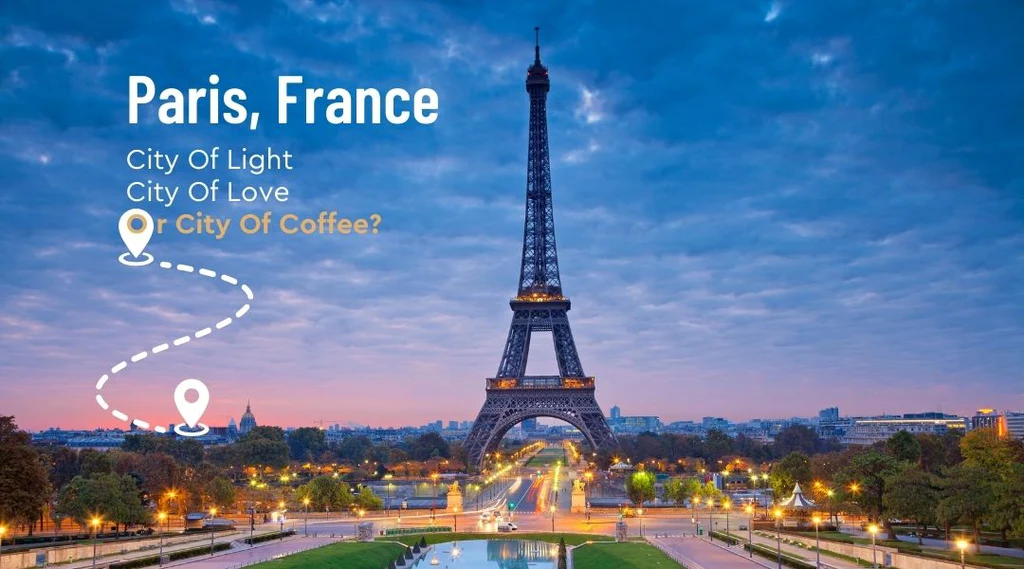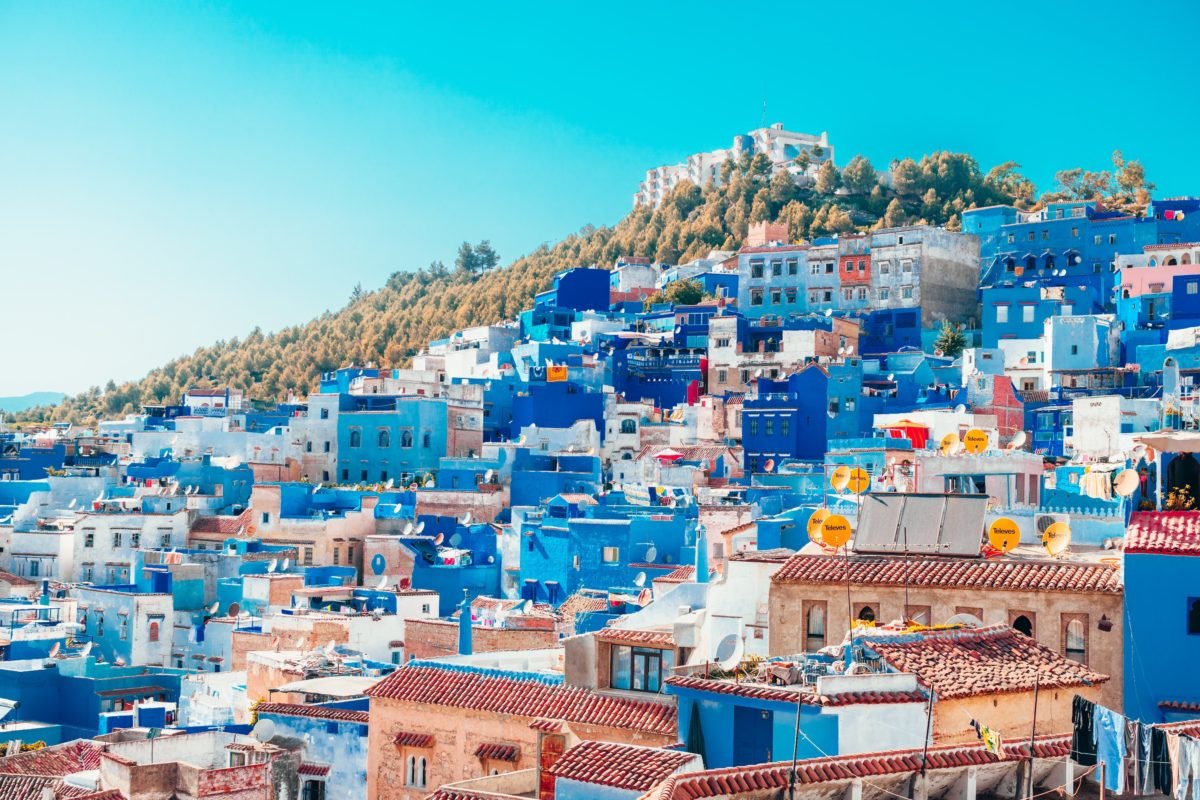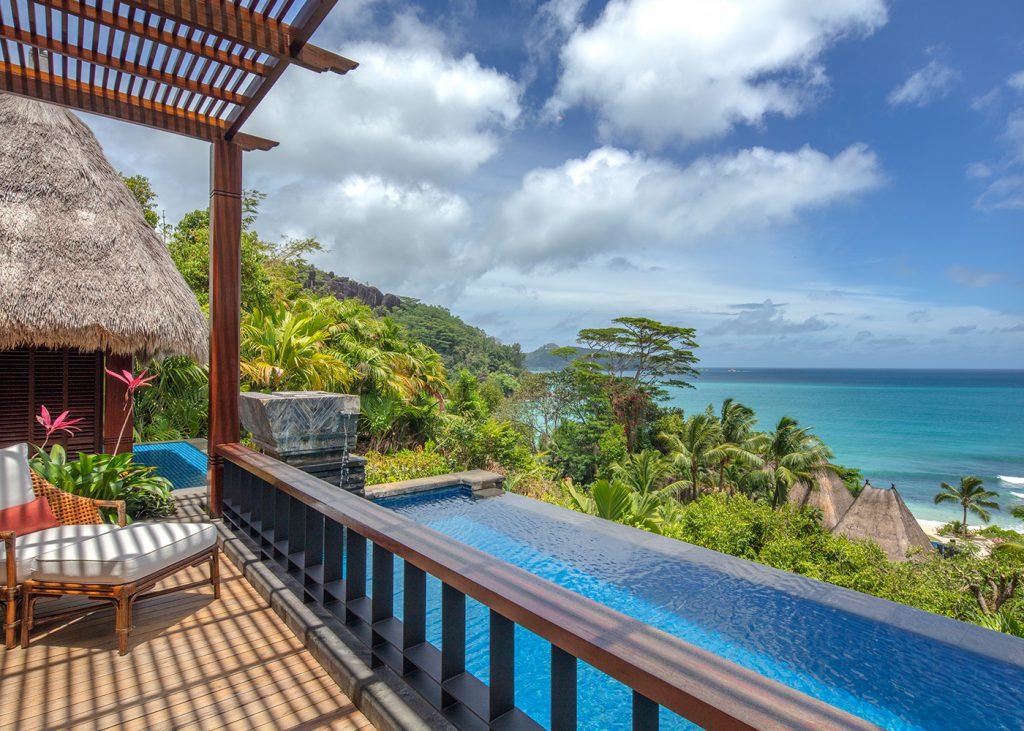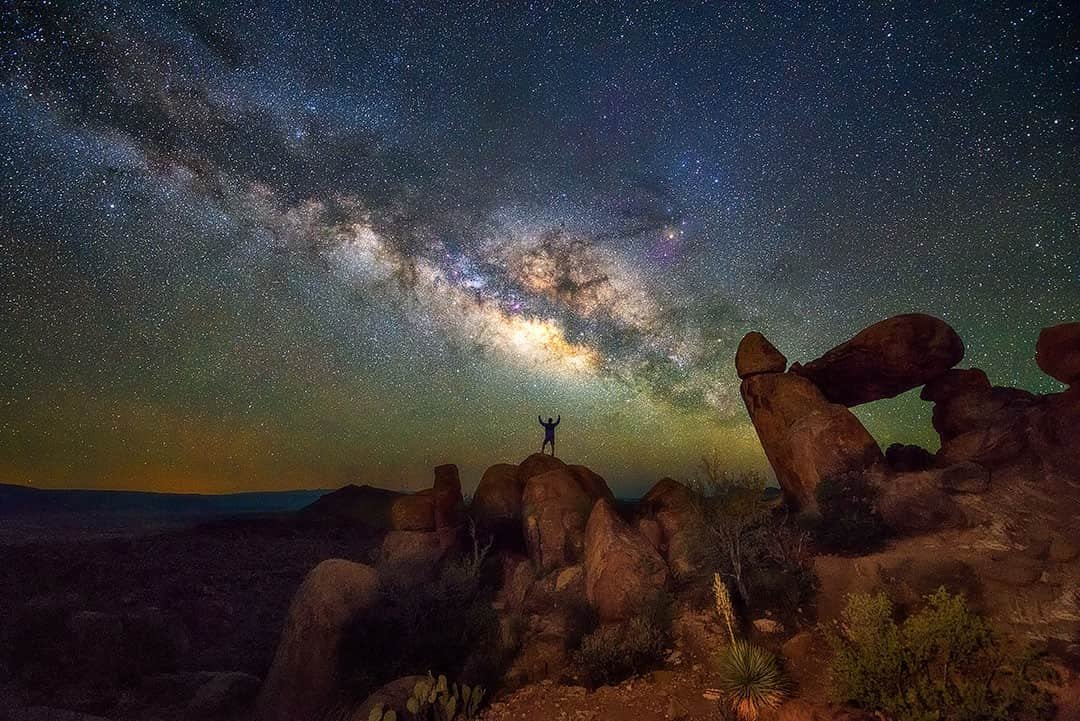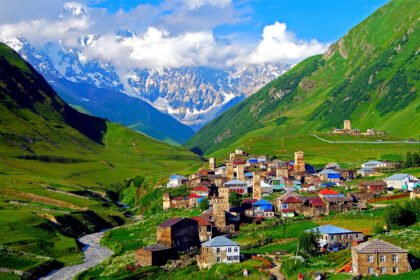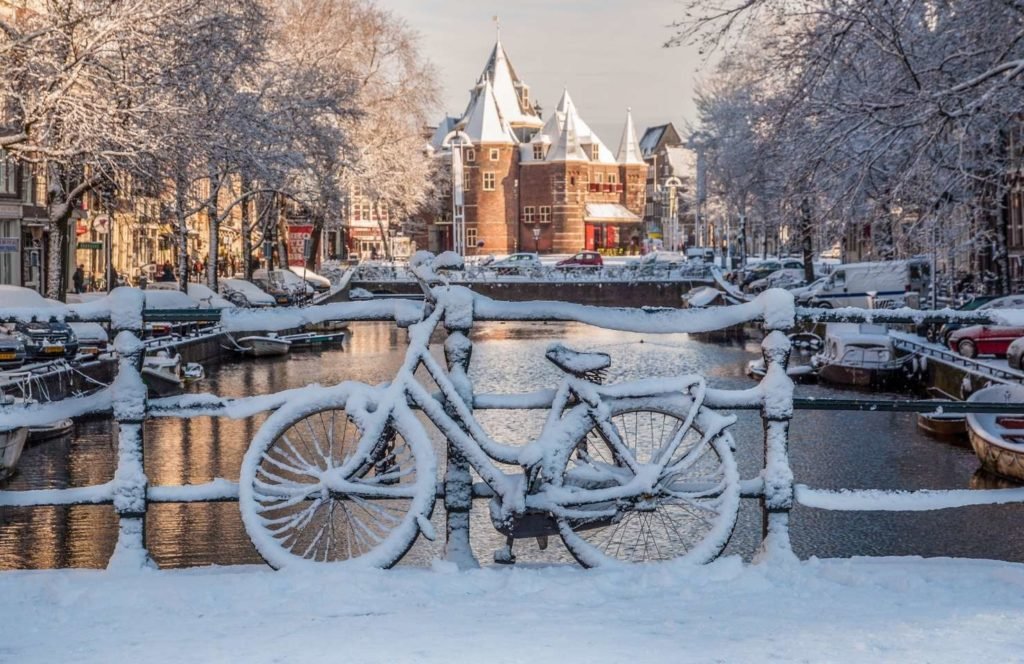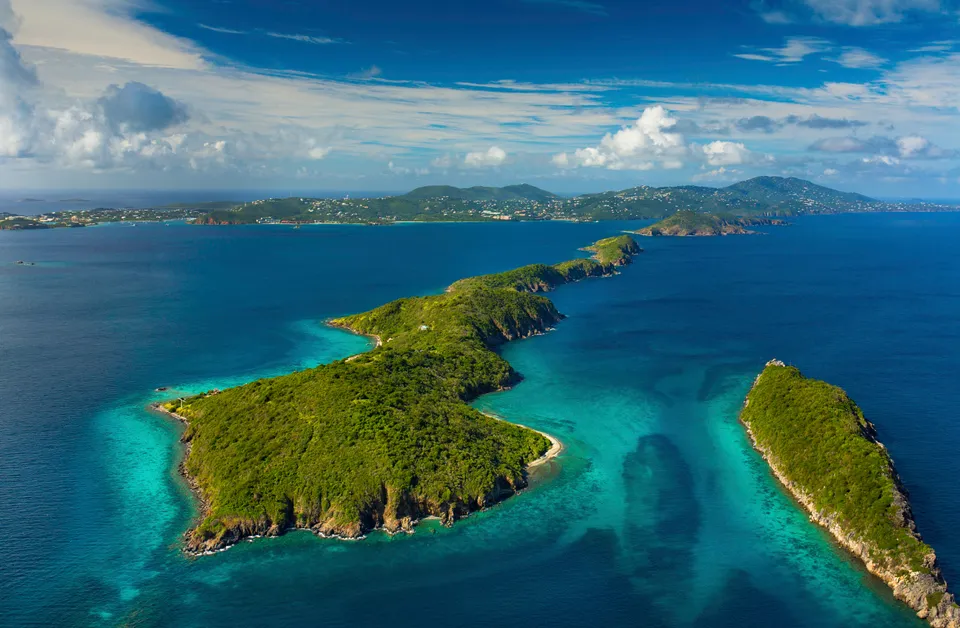Beppu is Japan’s best place for hot spring lovers. It is on the eastern coast of Kyushu Island. It is known as the onsen capital of Japan because it has more hot spring water than any other place in the country. Beppu is where the true spirit of Japanese bathing culture comes to life. There are traditional bathing houses with rising steam and luxurious ryokans with views of the mountains and the sea.
This Beppu travel guide is meant to be timeless, with information, tips, and expert advice that will be useful for years to come. If you’re going to Beppu for the first time or going back for a longer soak, you’ll find everything you need here to enjoy the hot springs, culture, and relaxation at its best.
Why Go to Beppu?
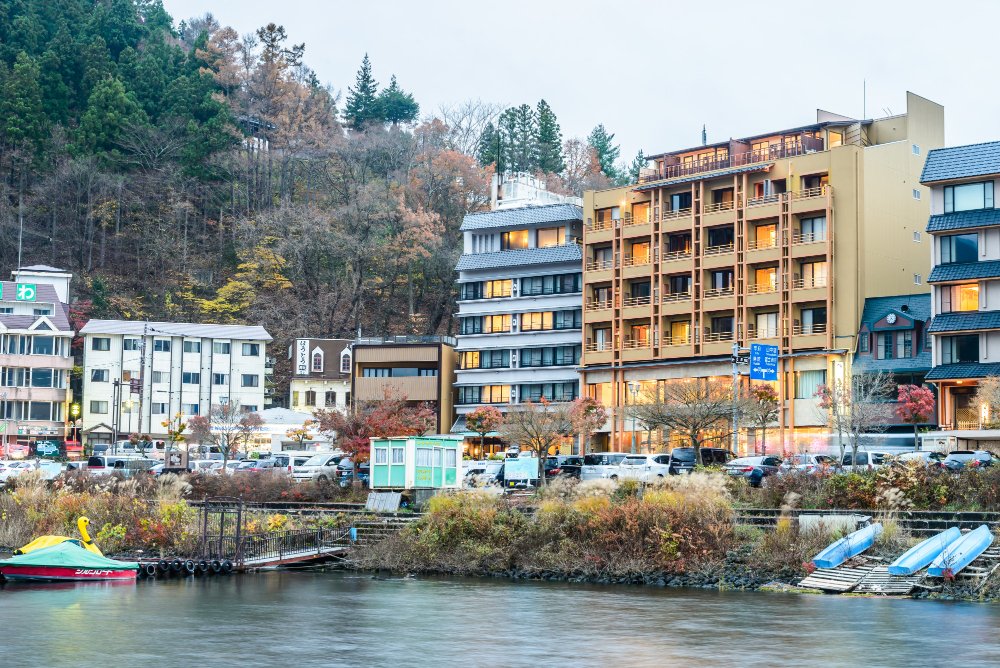
Beppu isn’t just another onsen town; it’s a whole world. There are more than 2,000 natural hot springs in the city, and geothermal steam rises from streets, valleys, and even restaurants. There aren’t many places that have such a mix of natural beauty, real Japanese hospitality, and healing mineral waters.
Beppu has kept its old-world charm, unlike many modern resort towns. There are modern hotels and facilities next to wooden bathhouses, stone streets, and small family-run ryokans. Beppu is a great place for all kinds of travelers, from those looking for wellness to those who want to learn about the culture.
Travel Smarter, Pack Better
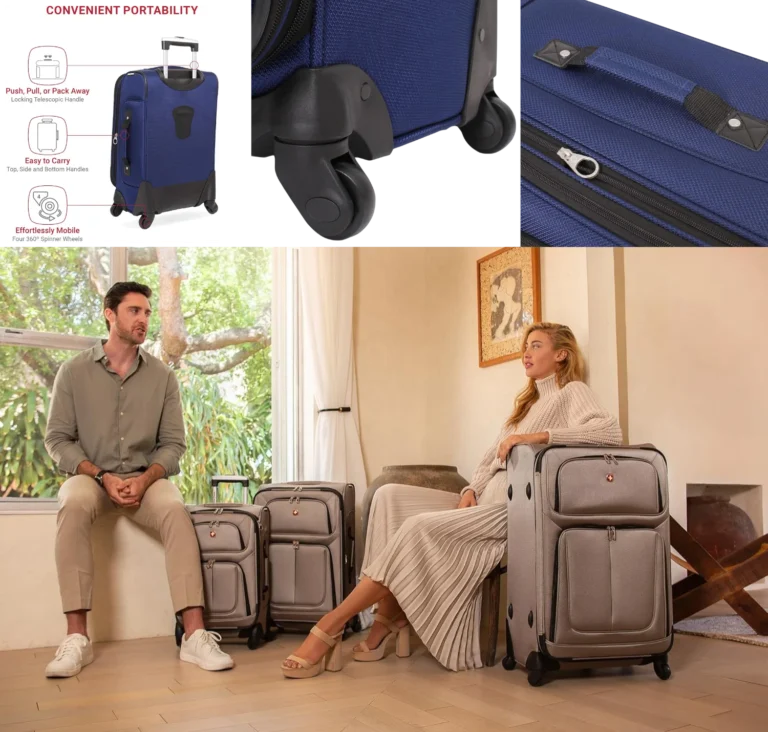
Experience a carry-on built for travelers who value durability and sleek design. Its hard-shell exterior keeps your belongings protected wherever you go.
Move through airports with ease thanks to smooth 360° spinner wheels and a lightweight frame. Every detail is crafted to make travel feel effortless.
With smart interior compartments, this suitcase helps you stay organized on weekend trips or long adventures. Reliable, stylish, and ready for every journey.
How to Get to Beppu
Beppu is in Oita Prefecture on Kyushu Island and is easy to get to by car, train, or bus.
By Train
Taking the train is the easiest way to get to Beppu. You can take the shinkansen (bullet train) or the Sonic Limited Express from big cities like Fukuoka or Osaka to Beppu Station. The trip has beautiful views of Kyushu’s coast and countryside.
By Plane
Oita Airport is the closest airport. It has flights to and from Japan and a few other countries. Beppu is about an hour away by car or bus from the airport.
By Bus or Car
Renting a car is great for people who like to be able to change their plans. The roads around Beppu are beautiful and well-kept, and having a car lets you visit several onsen areas at your own pace. Express buses also link Beppu to nearby cities like Kumamoto and Fukuoka.
Learn About Beppu’s Eight Hot Spring Areas
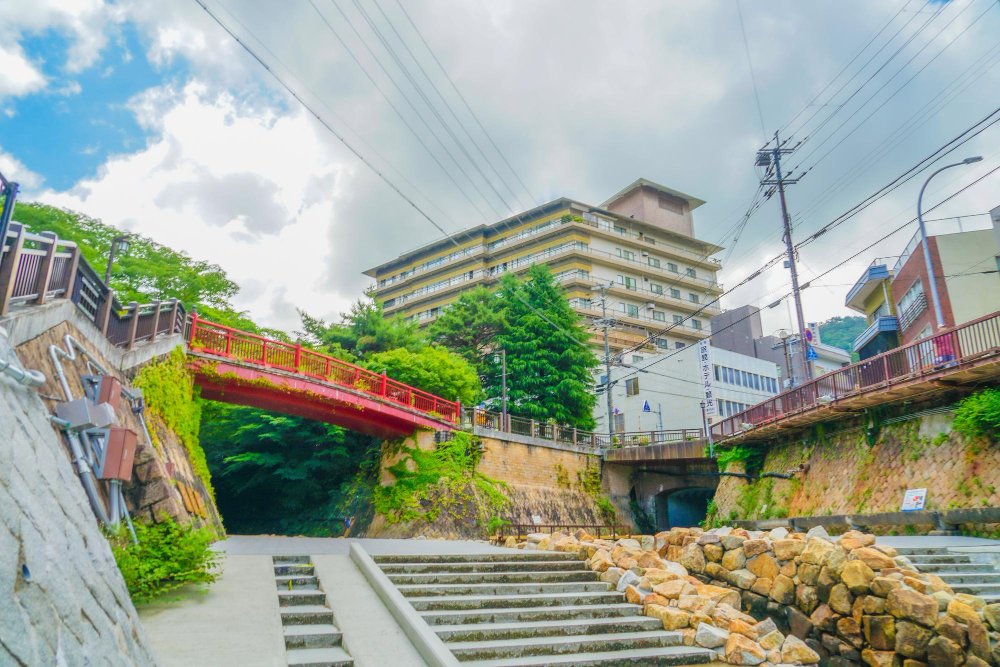
Beppu is often called Beppu Hatto, which means “the eight hot springs.” Each area has its own unique atmosphere, water quality, and things to do. Going to all of them is like going on a trip through the many sides of Japanese onsen culture.
1. Beppu Onsen: The City Center
- This area is the city’s lively center and the best place to start exploring. It is close to Beppu Station.
- For hundreds of years, restaurants, traditional inns, and bathhouses have welcomed guests along the streets.
- You can try both modern and old-fashioned baths here, like the famous Takegawara Onsen, which has sand baths and old-fashioned buildings.
- Staying in this area keeps you close to shops, public transportation, and nighttime walks along hot streets.
Ideal for: First-time visitors, people who want easy access, and those who want a classic onsen experience.
2. The Steam Village of Kannawa Onsen
- Hot steam rises from vents in the streets, creating a magical view at sunrise or sunset.
- Old-style bathhouses and wooden buildings make the area feel timeless.
- Home to the famous “Hells of Beppu”, hot springs too hot to bathe in.
Ideal for: Travelers wanting traditional Japan and picturesque locations.
3. Myoban Onsen: Waters That Look Like Milk and Mountain Views
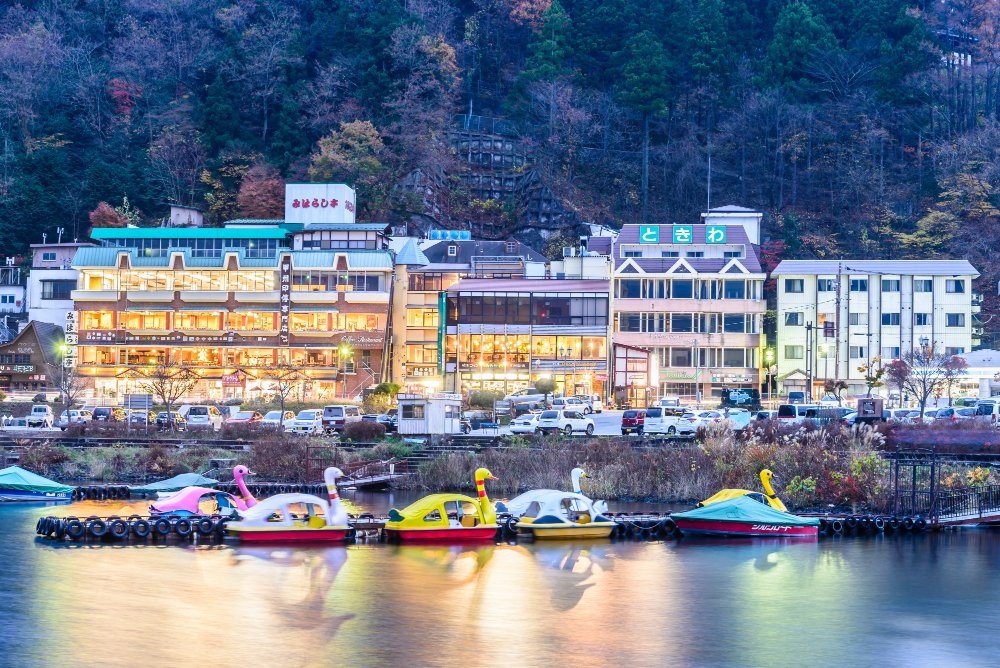
- Located on a hill overlooking Beppu Bay.
- Water is cloudy white and rich in minerals like sulfur and aluminum, good for the skin.
- Yunohana huts produce mineral bath salts using traditional methods.
Ideal for: Travelers seeking relaxation, nature, and scenic hot springs.
4. Kamegawa Onsen: Relax by the Sea
- Open-air baths with ocean views.
- Some inns have private onsens with sea breezes.
Ideal for: Families, romantic getaways, and seaside views.
5. Shibaseki Onsen: Healing and Nature
- Tucked away in greenery, known for healing waters and a peaceful atmosphere.
- Locals often visit for skin and joint benefits.
Ideal for: Wellness seekers and off-the-beaten-path travelers.
6. Horita Onsen: Peaceful Mountains
- Located higher in the mountains, surrounded by forests and trails.
- Small, cozy, often outdoor baths with mountain air.
Ideal for: Privacy, tranquility, and mountain scenery.
7. Steam Baths at Kannawa: A Unique Experience
- Uses natural geothermal steam to warm the body.
- Lie on bamboo mats covered in herbal leaves while steam rises from the ground.
Ideal for: Detoxification and a rare wellness therapy only found in Beppu.
8. Hamawaki Onsen: Life and Traditions
- One of Beppu’s oldest neighborhoods where onsen culture began.
- Small bathhouses still operate like they did generations ago.
Ideal for: History and culture enthusiasts.
Beppu’s Most Famous Places
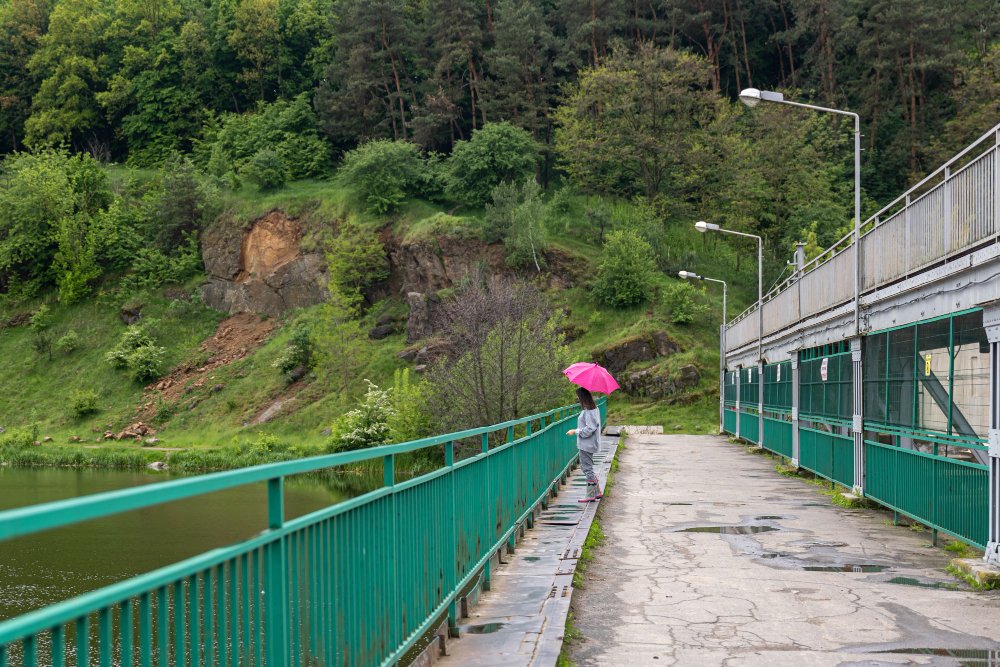
Beppu has many hot springs, but also remarkable natural and cultural attractions.
The Jigoku Meguri: Hells of Beppu
- Seven dramatic hot springs known for color, shape, and intensity.
- Includes cobalt blue pools, bubbling red clay ponds, and erupting geysers.
- Too hot for bathing, perfect for observing nature’s power and beauty.
Mount Tsurumi and Beppu Ropeway
- Ride the ropeway for 360-degree views of the city, bay, and surrounding towns.
- Spring offers cherry blossoms, fall showcases vibrant red leaves.
Jigoku Mushi: Traditional Steam Cooking
- Geothermal steam used to cook vegetables, seafood, and eggs.
- Results in healthy, flavorful dishes capturing Beppu’s volcanic spirit.
Where to Stay in Beppu
Beppu has accommodations for all types of travelers.
Traditional Ryokan
- Tatami floors, sliding doors, multi-course kaiseki dinners.
- Many offer private baths in-room or outdoor gardens.
Onsen Hotels
- Mix of comfort and convenience.
- Multiple bath types including open-air and family-friendly options.
Hostels and Guesthouses
- Budget-friendly, near Beppu Station.
- Walking distance to public onsen and restaurants.
The Timeless Rules of Onsen Etiquette
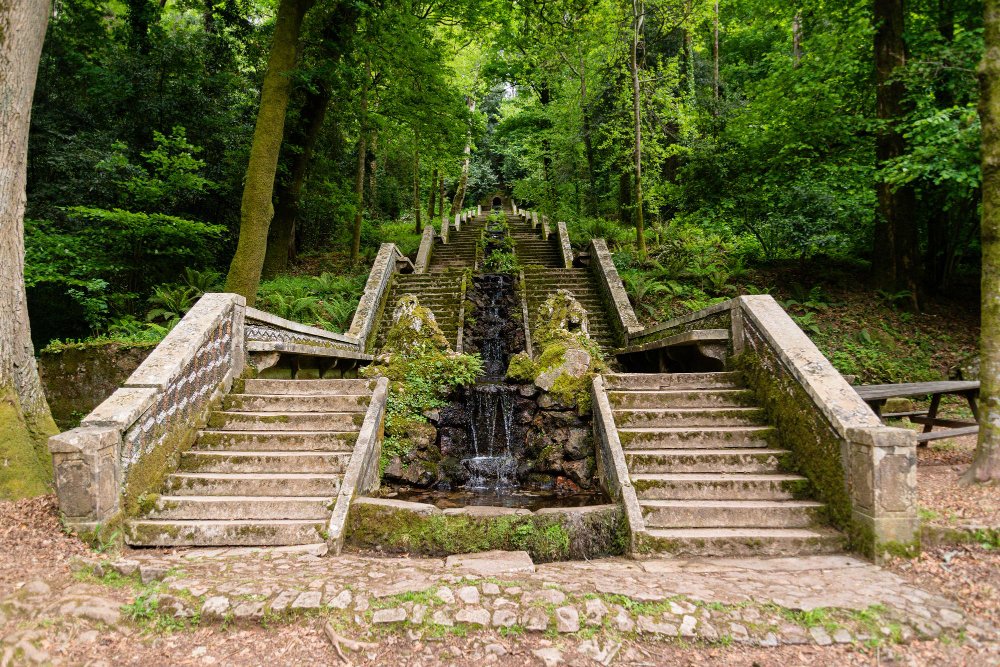
- Wash before entering: Always rinse thoroughly.
- No swimsuits: Bathing is nude, separate areas for men and women.
- Towels: Keep them out of the water; small towels for modesty only.
- Quiet: Speak softly to maintain peace.
- Tattoos: Some onsens restrict them; check beforehand.
- Stay hydrated: Hot baths can dehydrate you; drink water afterward.
The Best Time to Go to Beppu
- Spring (March–May): Pleasant weather, cherry blossoms at Mount Tsurumi.
- Summer (June–August): Festivals and warm nights.
- Autumn (September–November): Beautiful leaves and moderate weather.
- Winter (December–February): Ideal for soaking in cool mountain air.
Tip: Spring or autumn offers the best combination of weather and fewer crowds.
Things to Do Besides the Baths
- Visit Beppu’s morning markets for fresh seafood, snacks, and crafts.
- Enjoy street footbaths for a quick soak.
- Explore Beppu Park, a peaceful urban oasis with seasonal flowers.
- Take a day trip to Yufuin, a neighboring quieter onsen town.
Beppu Itinerary for 2–3 Days
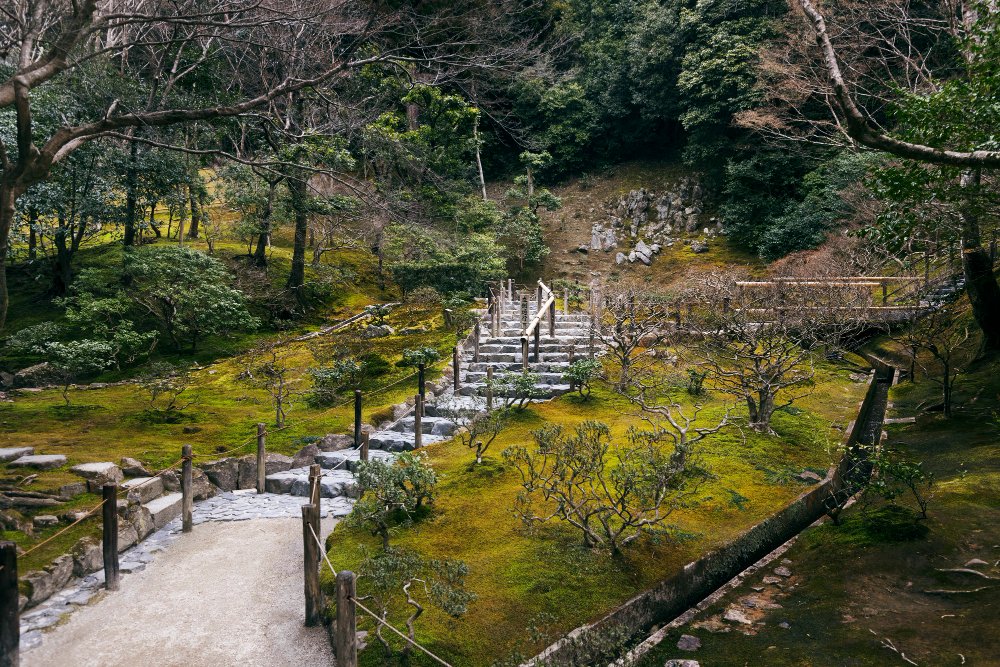
Day 1:
- Arrive and check in at your hotel.
- Soak in Beppu Onsen area.
- Enjoy a jigoku-mushi meal.
Day 2:
- Tour the Hells of Beppu in the morning.
- Experience a steam bath in Kannawa.
- Sunset at Myoban Onsen.
Day 3:
- Ride the Beppu Ropeway to Mount Tsurumi.
- Take a final open-air bath with sea views.
- Buy local souvenirs like onsen salts.
Budget and Useful Advice
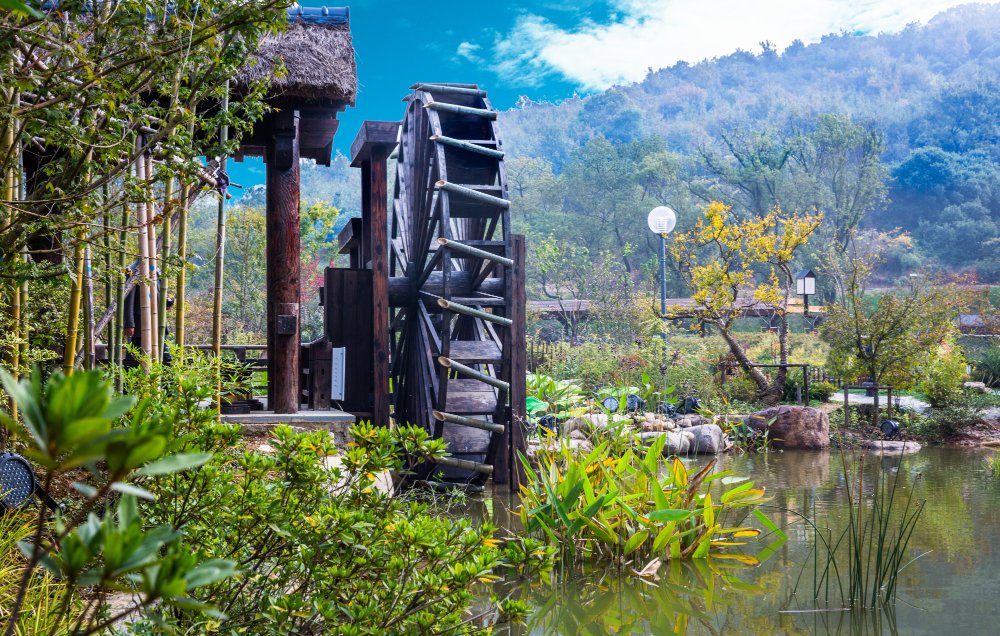
- Public onsen: 300–1000 yen.
- Private baths: 1500–3000 yen for a session.
- Accommodation: Guesthouses ~5000 yen/night, luxury ryokan 30,000+ yen.
- Buses connect major onsen areas efficiently.
- Basic English is understood in hotels; learning greetings in Japanese is appreciated.
Long-Term Travel Tips (Evergreen)
- Pace yourself: Limit bathing to 2–3 times per day.
- Plan for weather: Even in summer, bring a light jacket.
- Stay at least two nights: One night feels rushed.
- Bring your own towel: Many public baths don’t provide them.
- Explore slowly: Enjoy the charm of steam-filled streets at dusk.
Why Beppu is Japan’s Eternal Onsen Capital
Beppu balances natural power with cultural preservation. Its hot springs have flowed for centuries, and traditions remain largely unchanged. Whether visiting today or years from now, Beppu continues to heal, relax, and reconnect visitors with nature.
The community’s dedication to preserving geothermal heritage and hospitality ensures Beppu remains an enduring example of Japanese onsen culture.
Last Thoughts
Beppu is a living, breathing experience created by the earth itself. Steam-filled streets, serene waters, and peaceful surroundings make it one of Japan’s most unforgettable destinations.
This Beppu travel guide provides everything you need to know — from where to go, what to do, to how to make the most of your stay. Whether soaking under the stars, strolling ancient streets, or enjoying a steam-cooked meal, Beppu offers a journey that warms both body and soul.
Relax and let Beppu’s timeless waters show why Japan’s onsen culture continues to captivate the world, one soothing soak at a time.
Don’t Miss:
- 7, 10, or 14 Days in Kyushu (With or Without a JR Pass)
- The Best Cities and Neighborhoods to Stay in Kyushu
- Hakata Ramen, Yatai Stalls, and Local Specialties in Kyushu

